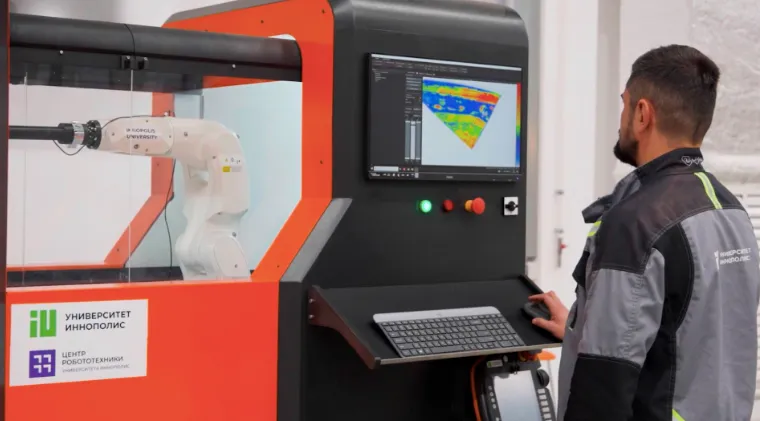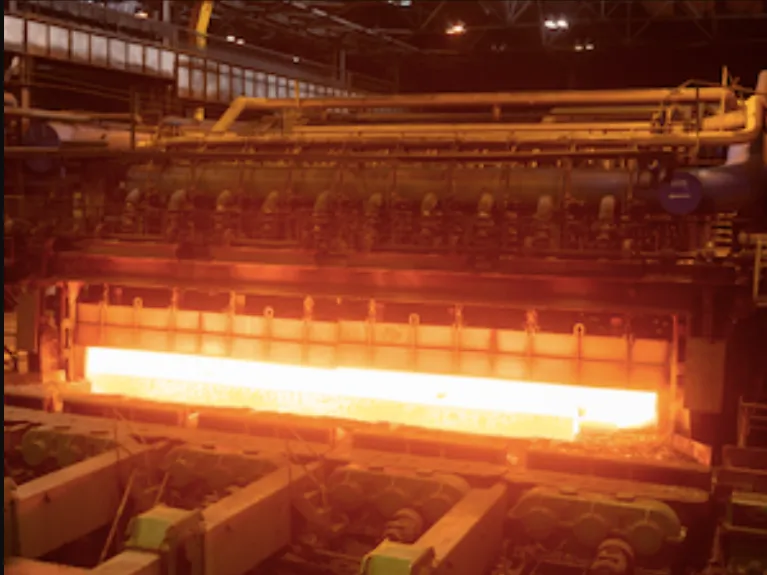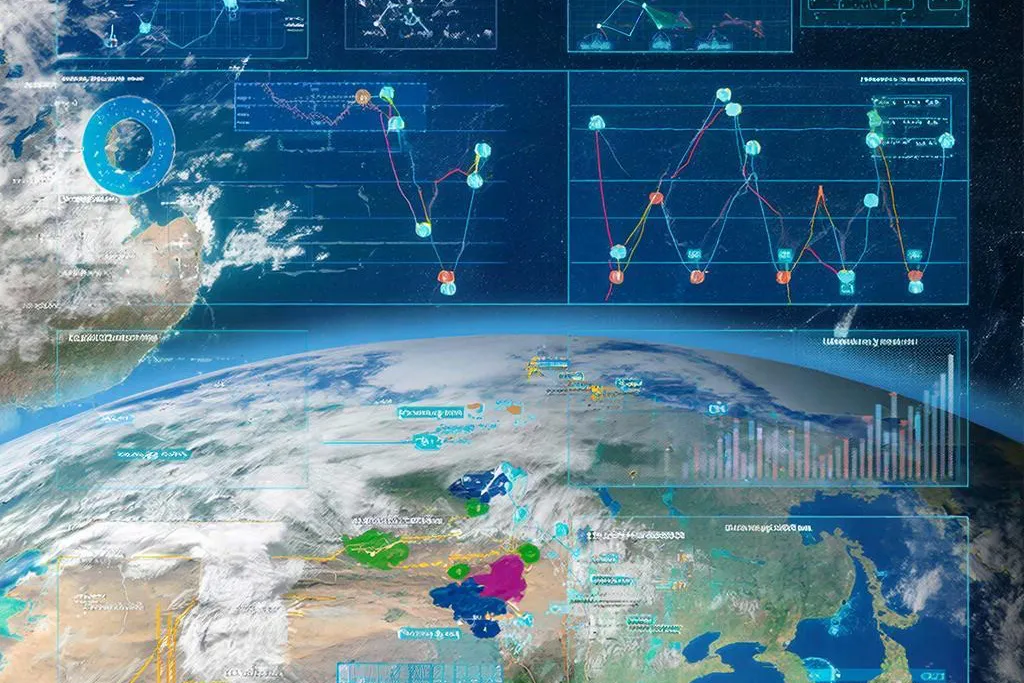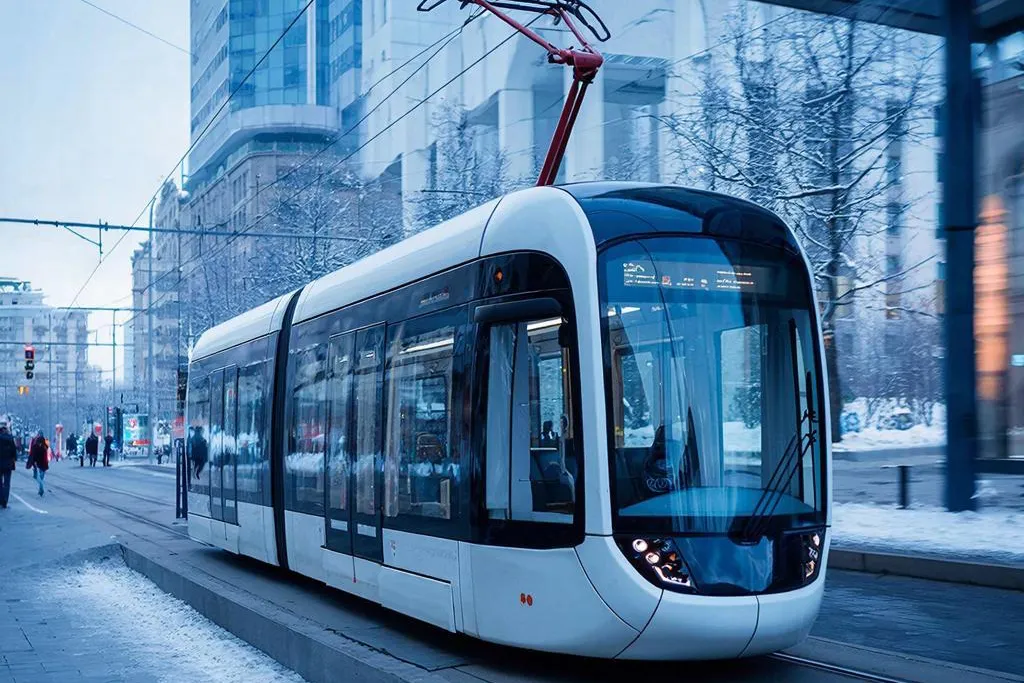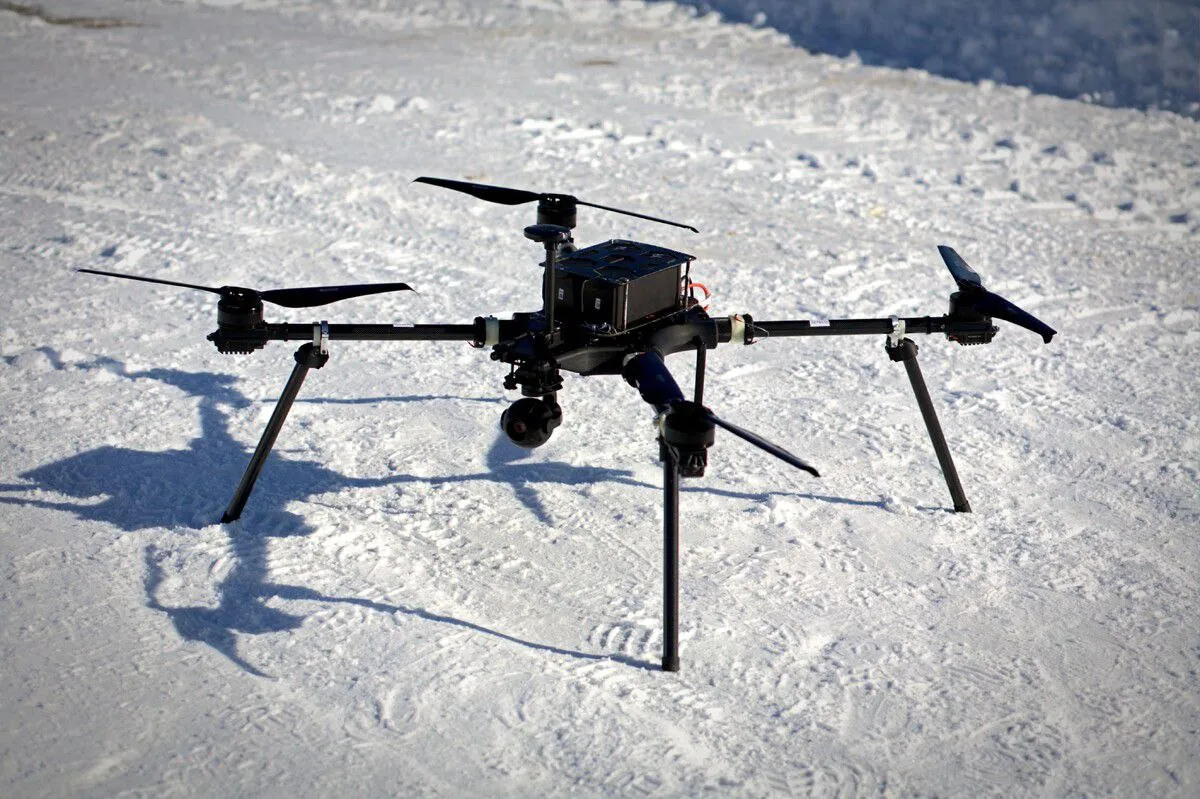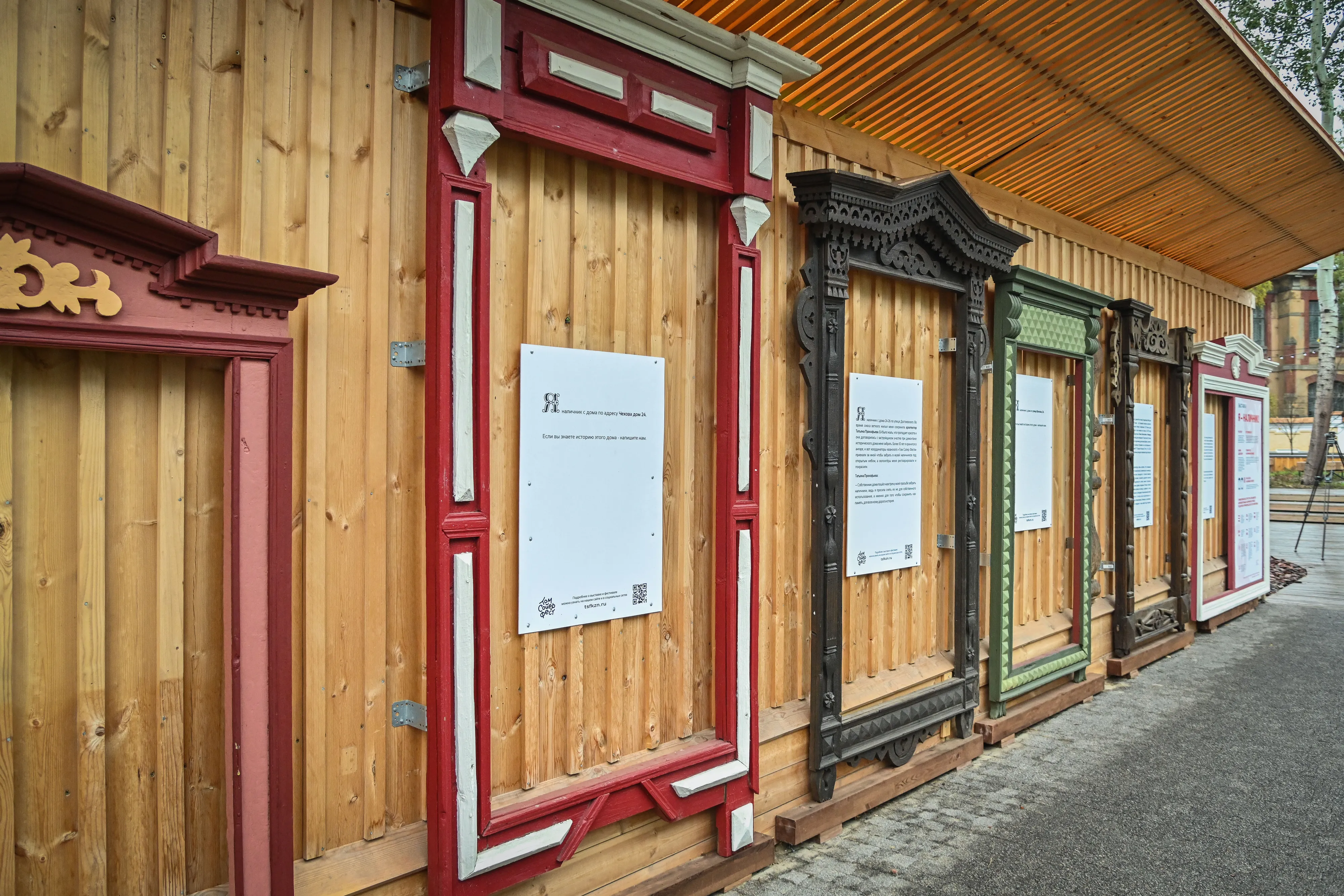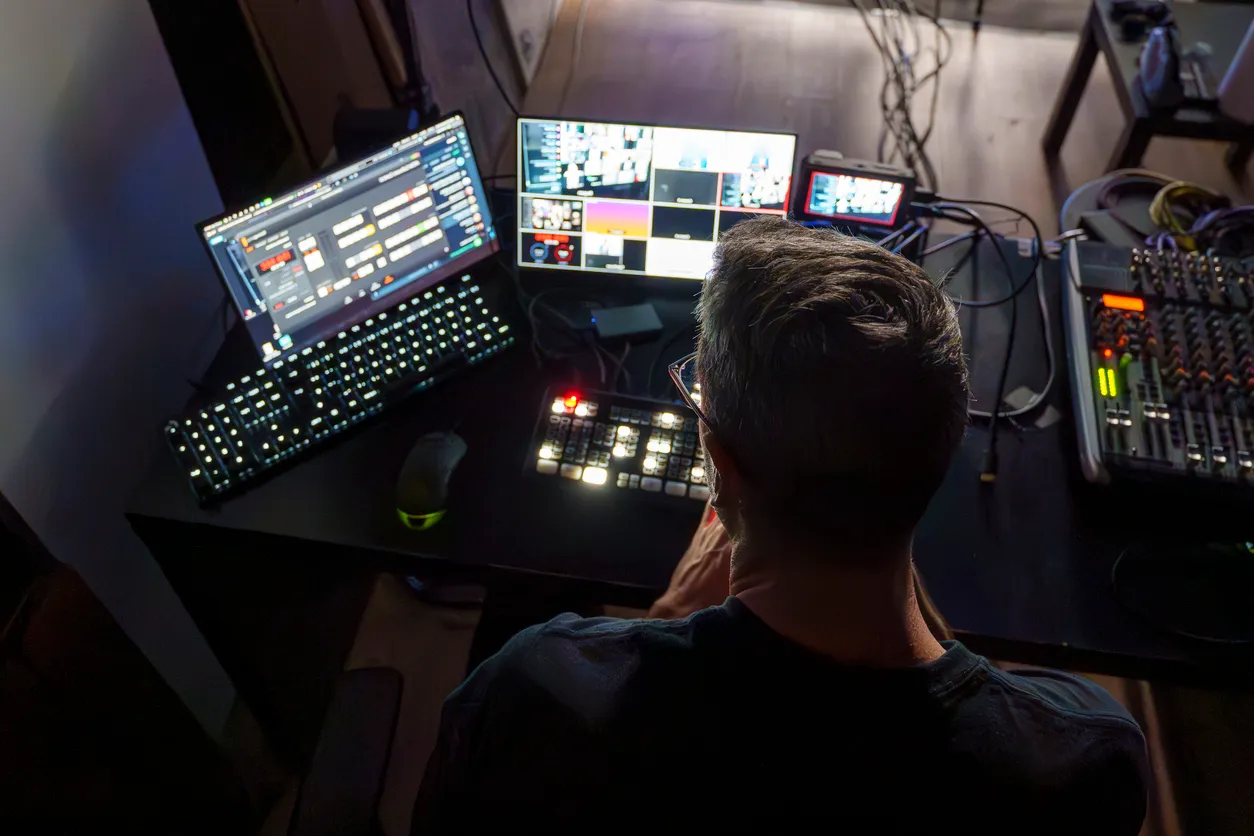Russia Is Sending a Team of Robots to Pick Berries
A new multi-agent system replaces human labor with a coordinated team of scouting, harvesting, and transport robots.
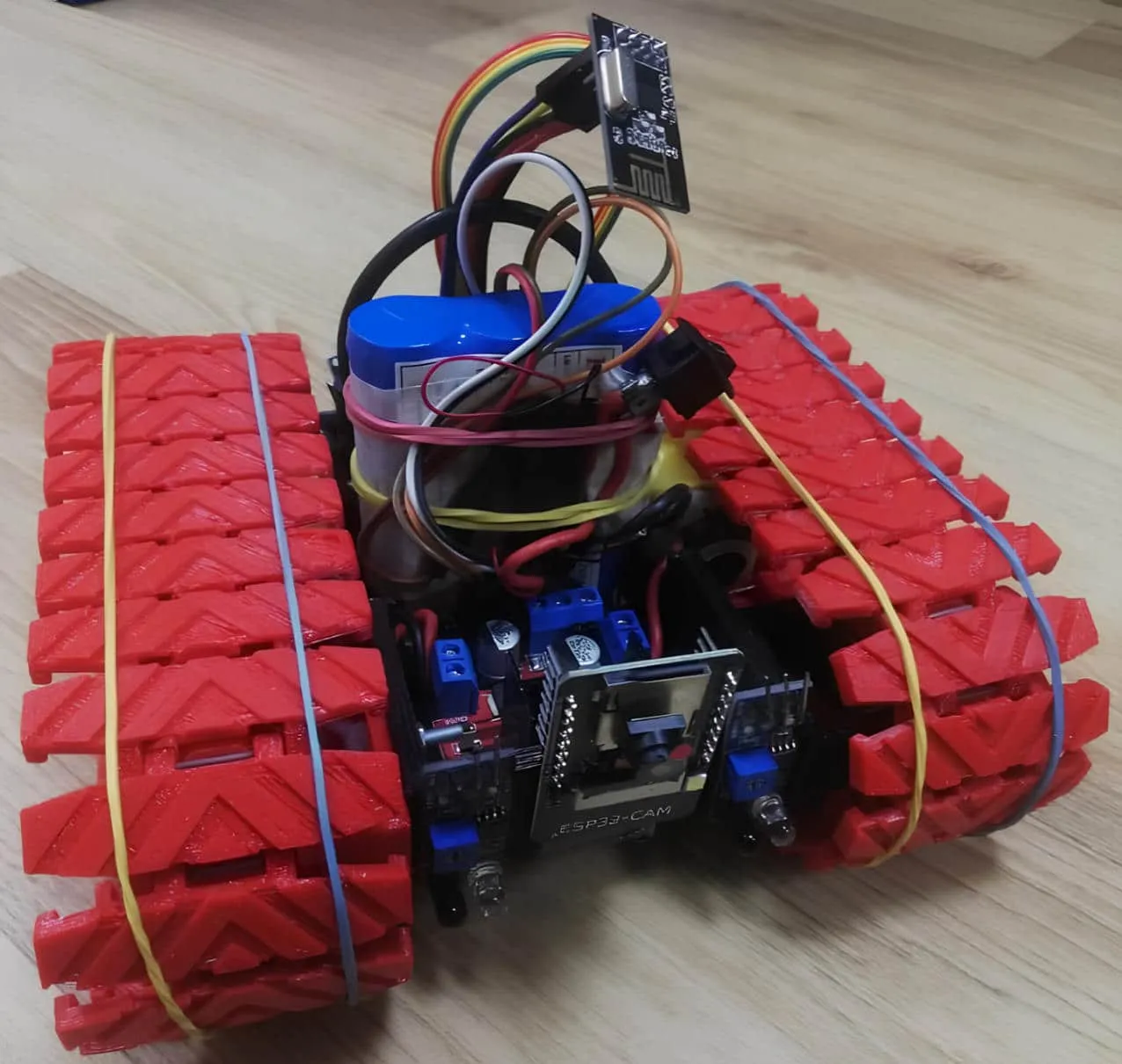
Researchers at Perm Polytechnic University have developed a revolutionary robotic system for berry harvesting that distributes tasks among a team of specialized machines instead of relying on a single, complex robot. The innovation aims to automate one of the most labor-intensive agricultural processes, addressing the growing shortage of seasonal workers.
Each summer, the demand for strawberries, blueberries, and other berries exposes a serious bottleneck in farming: manual picking drives up costs and retail prices. In 2025 alone, Russia required around 50,000 seasonal workers for the harvest. Existing machines and drones often miss berries hidden under leaves or operate inefficiently, leaving sections of fields unpicked.
For a field of up to five hectares, the optimal lineup includes five or six scouts, two or three pickers, and one or two transporters, ensuring full coverage and continuous workflow.
Centralized Coordination
At the heart of the system is a central control platform that coordinates all robotic actions. A main computer builds a shared map of the terrain, plans optimal routes, and issues commands over a secure radio network.
Field tests of the prototype have already confirmed the system’s advantages. Researchers have built a working scout robot—a compact tracked vehicle equipped with navigation sensors.
The project represents a major step in Russia’s agricultural digital transformation, showing how robotics can tackle one of the toughest challenges in farming. By automating berry picking through intelligent teamwork, the system could boost yields, reduce costs, and make fresh produce more affordable worldwide—while redefining what fieldwork looks like in the era of smart farming.



